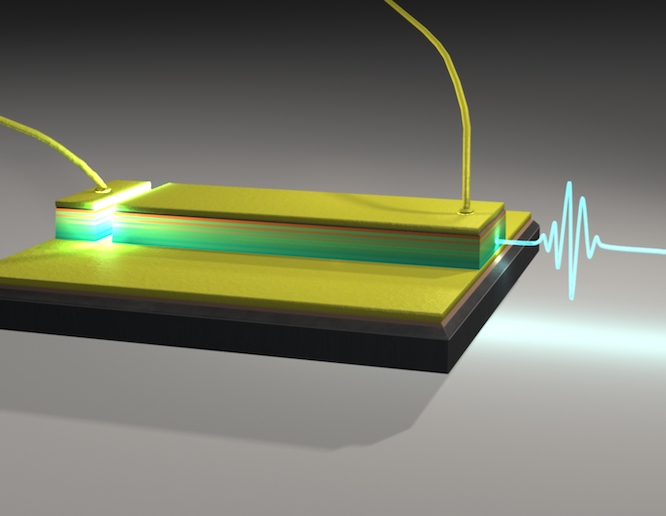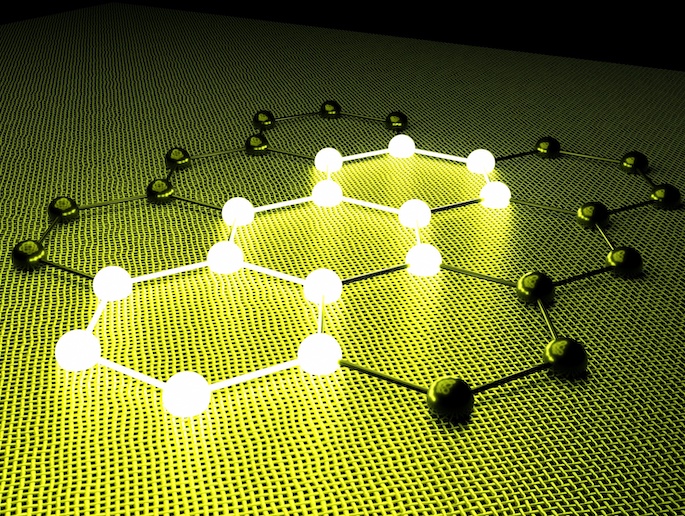The second redefined
When the International System of units (SI) was formalised, the duration of the second was defined from ephemeris time. Measurement of the caesium ground state transition frequency offered a new, more accurate definition to replace the ephemeris time second. Over the years, a new generation of atomic clocks based on optical transitions appeared and their unperturbed frequency ensured accuracy surpassing previous realisations of the SI second. To validate and integrate these optical clocks to the international time system, direct comparisons between optical clocks are needed, as only in-situ comparisons can be done at sufficient accuracy. Although fibre frequency links with extremely low uncertainty have been built, only a limited number of such links are available for clock comparisons. Further, uncertainty in the shape of the geoid impacts all remote comparisons through the gravitational red shift and the accuracy of all remote comparisons is thus limited. Researchers initiated the EU-funded project CLOCKLIGHT (Light for clocks) with the aim of building components for a transportable clock in order to make these comparisons. Within the three-year lifetime of the project, they addressed stringent requirements for compactness and robustness in all parts of the clock, especially the light sources. Most ions in optical clocks have an alkali-metal-like atomic structure. The CLOCKLIGHT team explored the use of strontium ions, in particular an 88Sr+ ion. All optical clocks necessarily require a relatively complicated laser ensemble to load the trap and to drive the measurement sequence, in which the ion is first cooled, the clock transition is excited, and finally the state of the ion is detected. A 88Sr+ ion is cooled and detected by means of lasers driving the 2S1/2 to 2P1/2 transition and the 2S1/2 to 2D5/2 quadrupole transition, respectively. For loading of the trap a two-step photoionization is used based on a combination of broad-band and narrow-band laser sources to bring the ion to an auto-ionizing state. For cooling of the ion a frequency-comb-stabilized blue laser was built, and for keeping the ion in the cooling cycle an un-polarised, incoherent re-pumper light source was proposed to prevent the build-up of dark states even in the case of zero magnetic fields. The proposed light source was assembled in the laboratory and consists of a pump diode laser and other standard fibre optic components. The fact that it requires no frequency stabilisation or external polarisation modulation provided simplicity and reliability in operation. The emitted light is unpolarised and its spatial coherence is similar to that of a laser. Such a source can, therefore, be focused to a spot size required for ion trapping. Moreover, these unique features make this light source suitable for a transportable optical ion clock. However, an operational atomic clock needs an interrogation laser for probing the clock transition. And as the clock transition is very narrow, researchers developed complex multistage stabilisation of laser diodes promising sufficient spectral purity. The performance of all new components for a transportable atomic clock will be evaluated when the single-ion clock at the Centre for Metrology and Accreditation (MIKES) will be operational.







